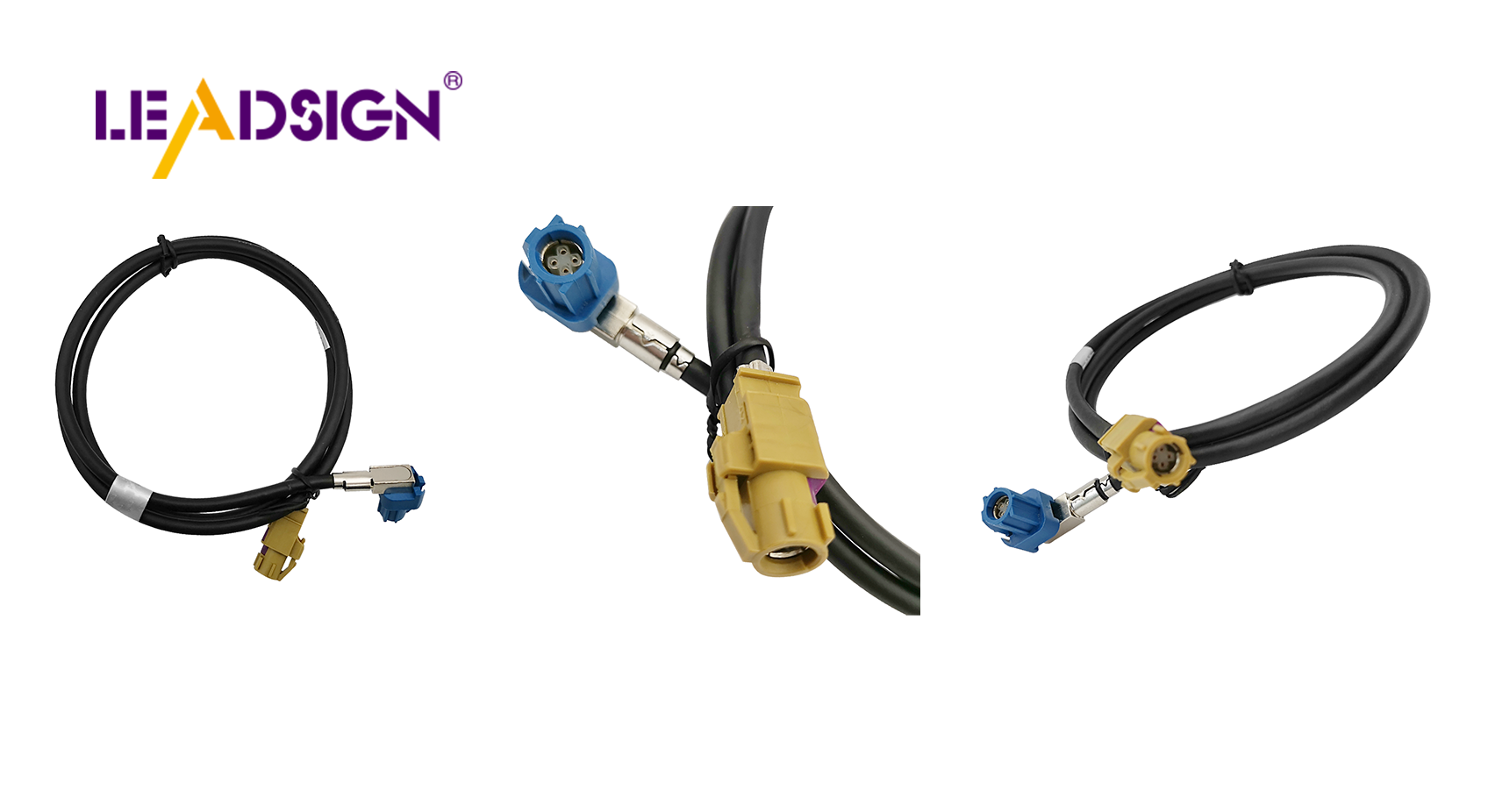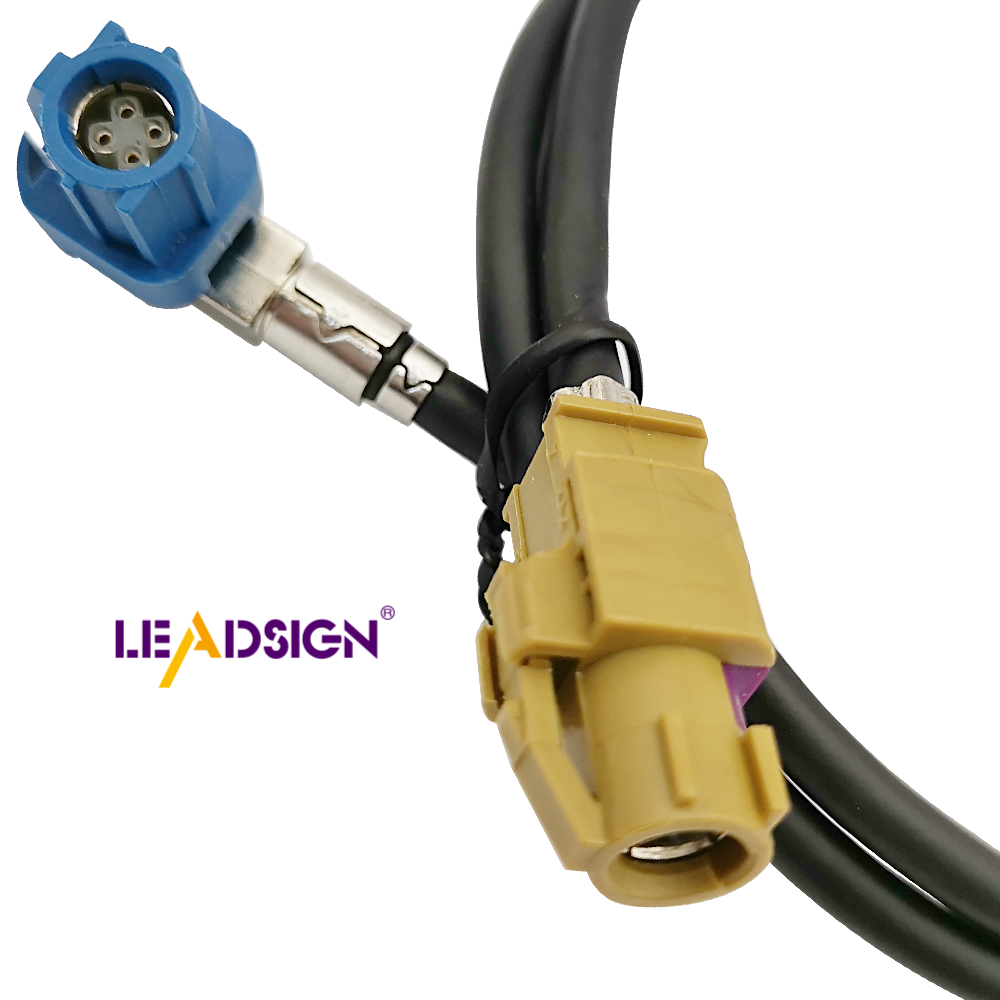A Guide to Wire Connectors Types and Their Uses

Wire connectors are crucial components in electrical systems, ensuring the safe and efficient transmission of electrical signals. Among the various wire connector types, such as wire-to-board and cable-to-cable, each offers effective solutions for diverse applications. Industrial connectors play a pivotal role in the secure transfer of data and power. Advances in technology have enhanced connector designs, improving their performance. Ethernet cable connectors, in particular, have become essential in networking due to their reliability and ease of integration.
Current State of Wire Connectors
Low-Frequency Connectors
Types of Low-Frequency Connectors
Low-frequency connectors are important in many uses. These include terminal blocks, spade connectors, and ring terminals. Terminal blocks help join wires in control panels easily. Spade connectors make simple links in cars and homes. Ring terminals keep connections safe for grounding jobs. Each connector type meets specific electrical needs.
Limitations and Challenges
Low-frequency connectors have some problems. They can lose signals over long distances. Weather like rain and heat can hurt their work. Regular checks are needed to keep them working well. Users should think about these issues when picking connectors.
Applications in Heavy-Duty Vehicles
Common Uses
Heavy-duty vehicles need connectors for many tasks. They help share power and send signals. Industrial connectors are used in engine systems too. Connectors let vehicle parts talk to each other easily. This helps vehicles run well even in tough places.
Industry Standards
Rules guide how connectors are used in big vehicles. Standards make sure systems fit together safely. The SAE J1939 rule controls how vehicles talk to each other. Following these rules ensures good performance. Makers follow them to meet industry needs.
Future Advancements in Wire Connectors
High-Frequency Connectors
Emerging Technologies
High-frequency connectors are the future of wire links. Engineers make these for fast data moves. HSD connectors work in high-speed things like car audio. They handle data up to 6 Gbps. New ideas aim to boost how well they work. Fresh materials and designs cut down on interference.
Benefits Over Low-Frequency Connectors
High-frequency connectors have many good points. They move data faster than low-frequency ones. Their design cuts signal loss over long ways. They can take tough weather conditions too. Users see them as better for new uses. Industries gain from better communication.
Innovative Applications
New Industry Uses
Many industries use high-frequency connectors now. Car electronics need them for smart systems. Telecoms use them in radio stations too. Digital networks like their speed and power. Industrial connectors help send signals safely between devices.
Potential Developments
Future changes bring cool chances ahead. Researchers look at new materials for better use. Engineers plan designs that last longer too. Industries want even higher data rates soon. Innovations aim to meet growing tech needs.
More Uses Beyond Main Jobs
Different Fields
Unusual Uses
Wire connectors are used in surprising places. The entertainment world uses them for lights and sound. They help control power and signals. In hospitals, connectors are in machines for tests. They make sure data moves correctly. Connectors are also in green energy systems. Solar panels and windmills need them to share energy well.
New Ideas Across Fields
New connector ideas bring cool uses across different areas. Planes use strong connectors that handle tough conditions. Farms use them in smart tools for better control and checks. Robots depend on connectors to talk smoothly with parts. Connectors boost how well machines work automatically.
Ethernet Cable Connector and Wire Connectors Types

Overview of Ethernet Cable Connector
Types and Uses
Ethernet cable connectors are key in networks. RJ45 is the most used for Ethernet cables. They secure twisted pair cables well. There are different types like Cat5e, Cat6, Cat6a, and Cat7. Each type supports different data speeds and bandwidths. Ethernet connectors help send data reliably at home, work, or factories. Their design allows fast data transfer.
Compatibility with Wire Connectors
Ethernet cable connectors work with many wire connector types. HSD connectors support fast data uses too. They fit well with Ethernet cables in cars and telecoms. This makes systems work together smoothly. It improves how well they send data and stay reliable. Users enjoy the flexibility of these compatible connectors.
Comparative Analysis of Wire Connectors Types
Key Differences
Wire connector types differ by use case. Cable-to-Cable connectors join two wires directly. They're used in electrical gadgets and systems. Cable-to-Board connectors link PCBs without wires needed. They're great for tight spaces in systems. Choosing depends on what you need them for.
Selection Criteria
Picking the right wire connector needs thought about many things. Think about where it will be used: temperature, wetness, or weather can affect it. The speed needed also matters; fast tasks need good signal keepers. Space is important; small designs fit tight spots while big ones are strong but need room.
Wire connectors have changed many industries. They make things work better and last longer. Wire-to-board connectors are now smaller and easier to use. This helps machines get made faster. Transportation connectors are tough and handle bad weather well. Industrial connectors help send signals in planes and robots easily. Ethernet cable connectors move data safely in networks. Future ideas will make them even more useful, keeping up with new tech needs.
See Also
Exploring Fakra Connectors: Fundamentals, Varieties, and Uses
Unveiling Fakra Connectors: Benefits, Uses, and Setup Pointers
In-Depth Look at HSD Connectors

